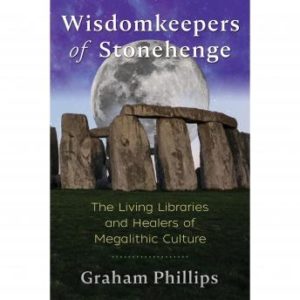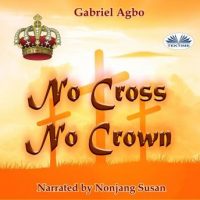Wisdomkeepers of Stonehenge: The Living Libraries and Healers of Megalithic Culture Audiobook (Free)
- Andy Rick
- 9 h 6 min
- Inner Traditions Audio
- 2019-09-17
Summary:
Reveals how Stonehenge was a fantastic astronomical calendar found in the cultivation of elements for long-forgotten botanical treatments
• Explores how Stonehenge and other rock circles were ancient healing sanctuaries and celestial calculators for the preparation of natural medications
• Explains the way the megalithic priesthood–and their successors, the Druids–developed astonishing memory techniques to conserve knowledge over decades
• Draws upon the newest discoveries from about Wisdomkeepers of Stonehenge: The Living Libraries and Healers of Megalithic Lifestyle latest archaeological excavations and overlooked historical source material
Stonehenge is merely one of thousands of stone circles erected throughout Britain and Ireland for over 3 millennia from 3,000 BC on. How do this building custom survive for such a long time, over such a big region and with such intricacy and uniformity, when the folks of the British Isles lived in distinct, isolated communities and remaining no evidence of a central leadership or obvious conversation network?
Graham Phillips argues that these rock circles are evidence of an astonishing program of health care and preservation of ancient medical understanding that held jointly a culture scattered across the British Isles. With rocks aligned to the sun, moon, and specific stars, these historic monuments enabled the complete timings necessary for the cultivation of medicinal plants. He clarifies the way the megalithic priesthood possessed medical knowledge well beyond their time and may have even discovered an end to malignancy. Furthermore, because they had no type of composing, the megalithic people developed phenomenal memory techniques to preserve their understanding over many decades, resulting in a class of wisdomkeepers which were not merely healers however the living libraries of their tradition.
Drawing upon the most recent discoveries from recent archaeological excavations and overlooked historical source materials, Phillips reveals the megalithic culture survived much longer than previously thought and that the people who held it together had been an enigmatic shamanic sect ultimately known as the Druids. Uncovering the secrets of historic megalithic culture and the purpose of their enigmatic stone circles, Phillips contends that all the evidence has now been gathered to unlock the secrets encoded in the stones–and maybe discover remedies for illnesses still uncured by modern medicine today.
Related audiobooks:







